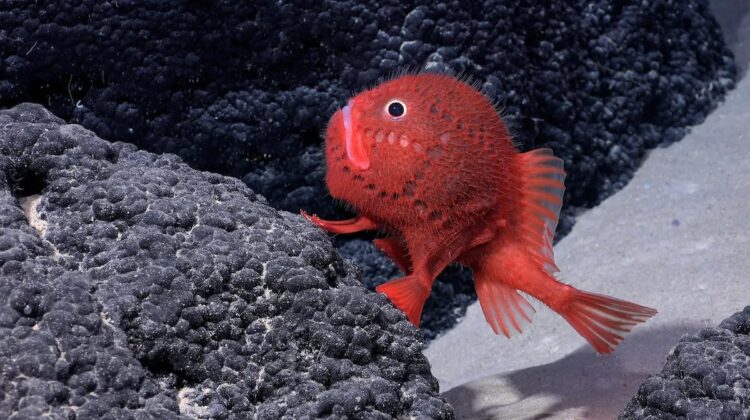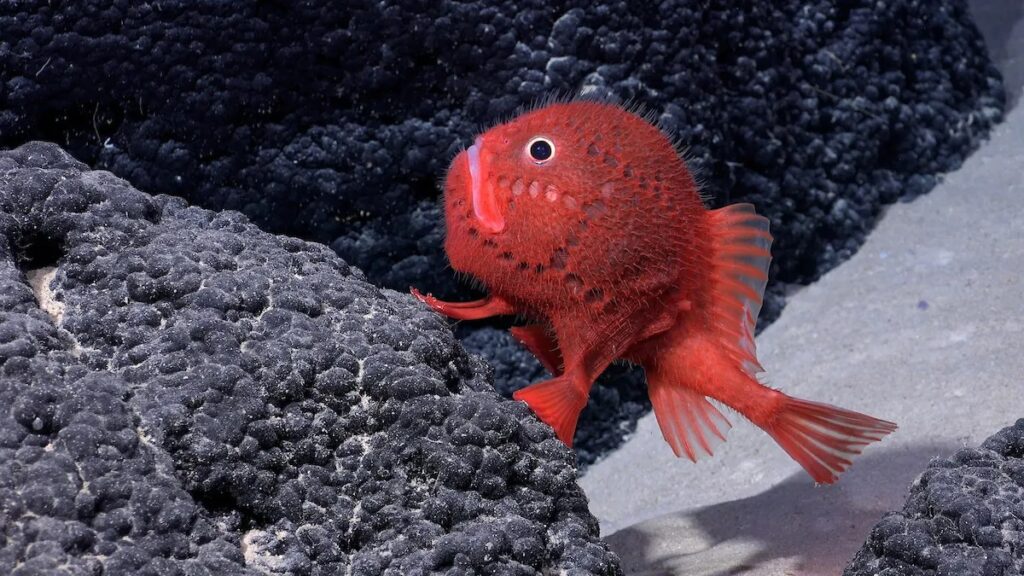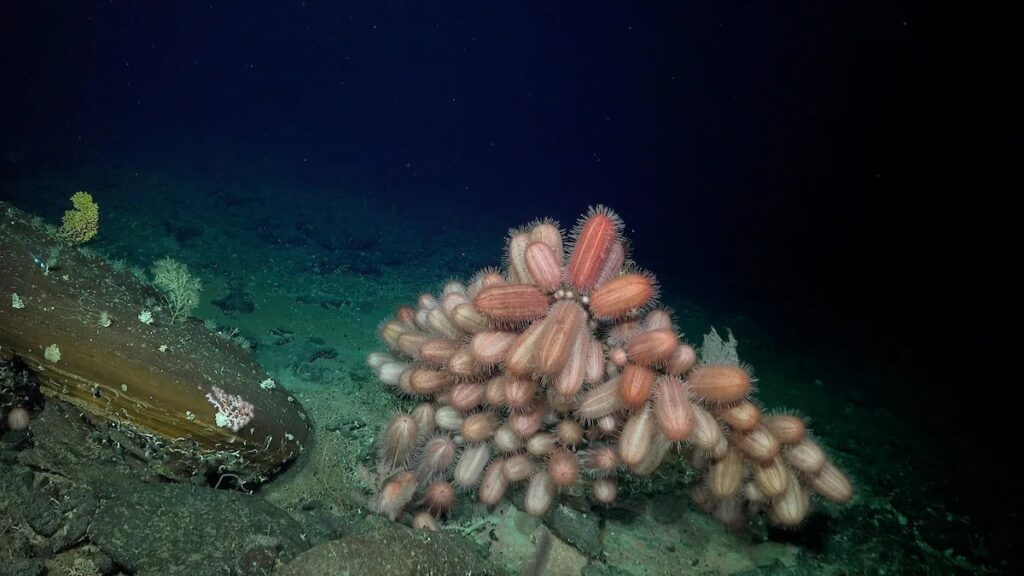
In a remarkable discovery, scientists have uncovered more than 100 previously unknown species inhabiting an underwater mountain chain near Chile.
While the exploration of space continues to captivate our imagination, researchers are equally dedicated to unraveling the mysteries of the Earth’s oceans.
A recent expedition led by Dr. Javier Sellanes from the Universidad Católica del Norte, supported by the Schmidt Ocean Institute, delved into the seamounts off the Chilean coast, revealing a wealth of biodiversity.

The team’s findings include a diverse array of marine life, such as corals, glass sponges, sea urchins, amphipods, and lobsters, many of which are believed to be new to science.
Their exploration focused on the Nazca and Salas y Gómez Ridge, an extensive underwater mountain chain stretching over 2,900 kilometers and encompassing more than 200 seamounts, extending from offshore Chile to Rapa Nui, commonly known as Easter Island.
Navigating both within and outside Chile’s jurisdiction, the scientists gathered valuable data to support the establishment of an international high-seas marine protected area.

Additionally, they surveyed two of Chile’s marine protected areas, the Juan Fernandez and Nazca-Desventuradas marine parks, contributing further to conservation efforts.
Utilizing advanced technology, including underwater robots capable of reaching depths of 4,500 meters, the researchers collected data from ten seamounts, aiding Chile’s marine protection initiatives.
Their investigations revealed distinct ecosystems on each seamount, showcasing a variety of habitats, including deep-sea coral reefs and sponge gardens, albeit some were identified as vulnerable.

Image credit: Schmidt Ocean Institute
Currently, the scientists are analyzing genetic data from the specimens to determine their status as newly discovered species.
Dr. Sellanes expressed astonishment at the abundance of new discoveries, stating, “We far exceeded our hopes on this expedition. You always expect to find new species in these remote and poorly explored areas, but the amount we found, especially for some groups like sponges, is mind-blowing.”
These findings underscore the effectiveness of marine protected areas in preserving delicate marine ecosystems, according to Dr. Sellanes, affirming the importance of conservation efforts.

Dr. Jyotika Virmani, Executive Director of the Schmidt Ocean Institute, praised the team’s efforts, acknowledging the vast potential of the collected samples in expanding our understanding of this biodiversity hotspot.
The journey to fully identify these newfound species may be lengthy, but the discoveries made on this expedition offer a tantalizing glimpse into the hidden wonders of the deep sea.

Leave a Reply